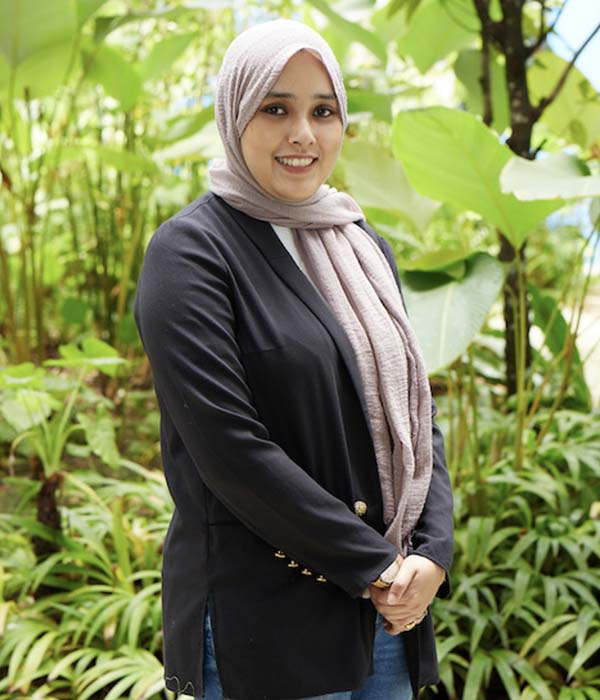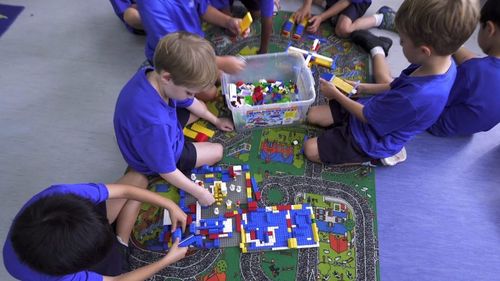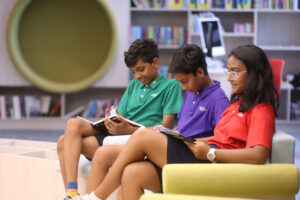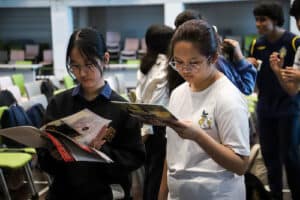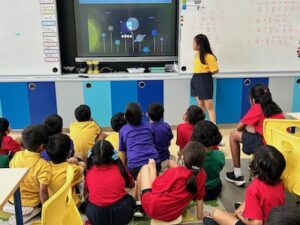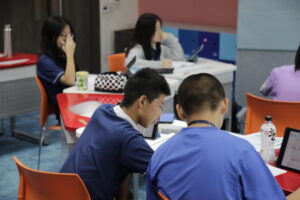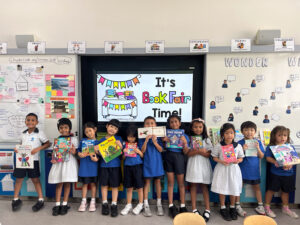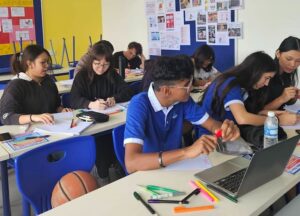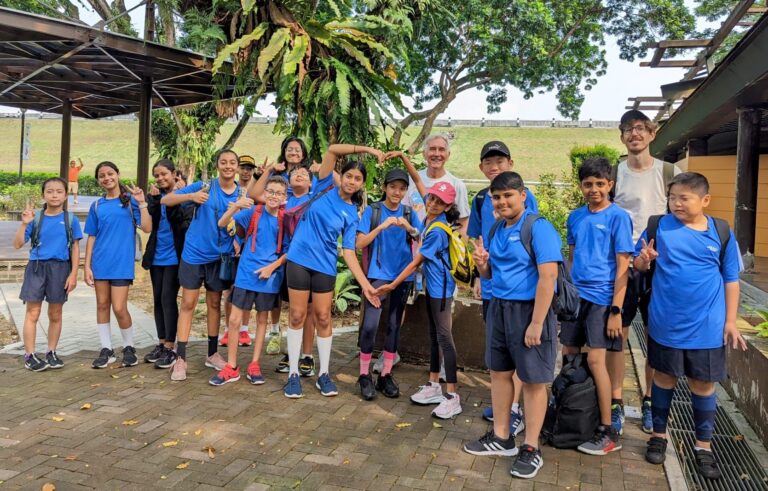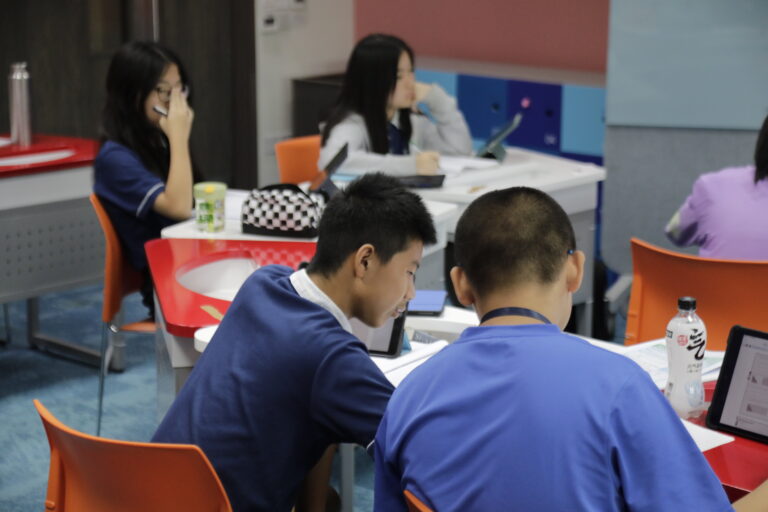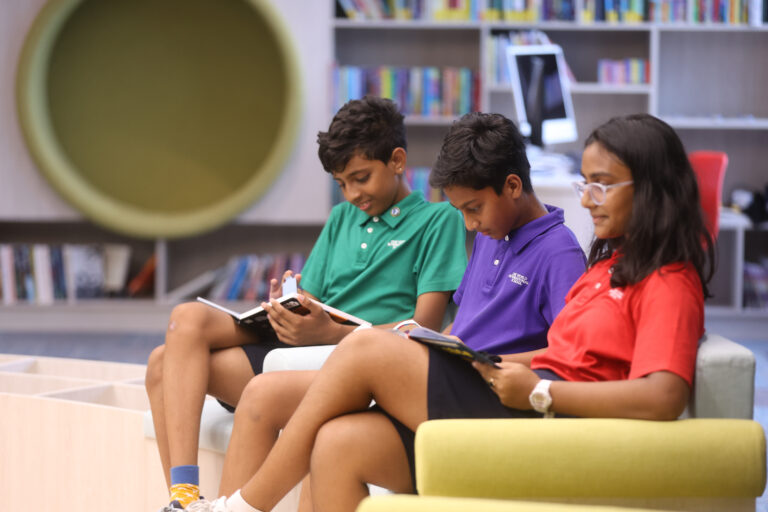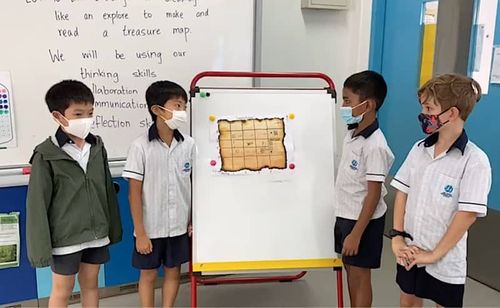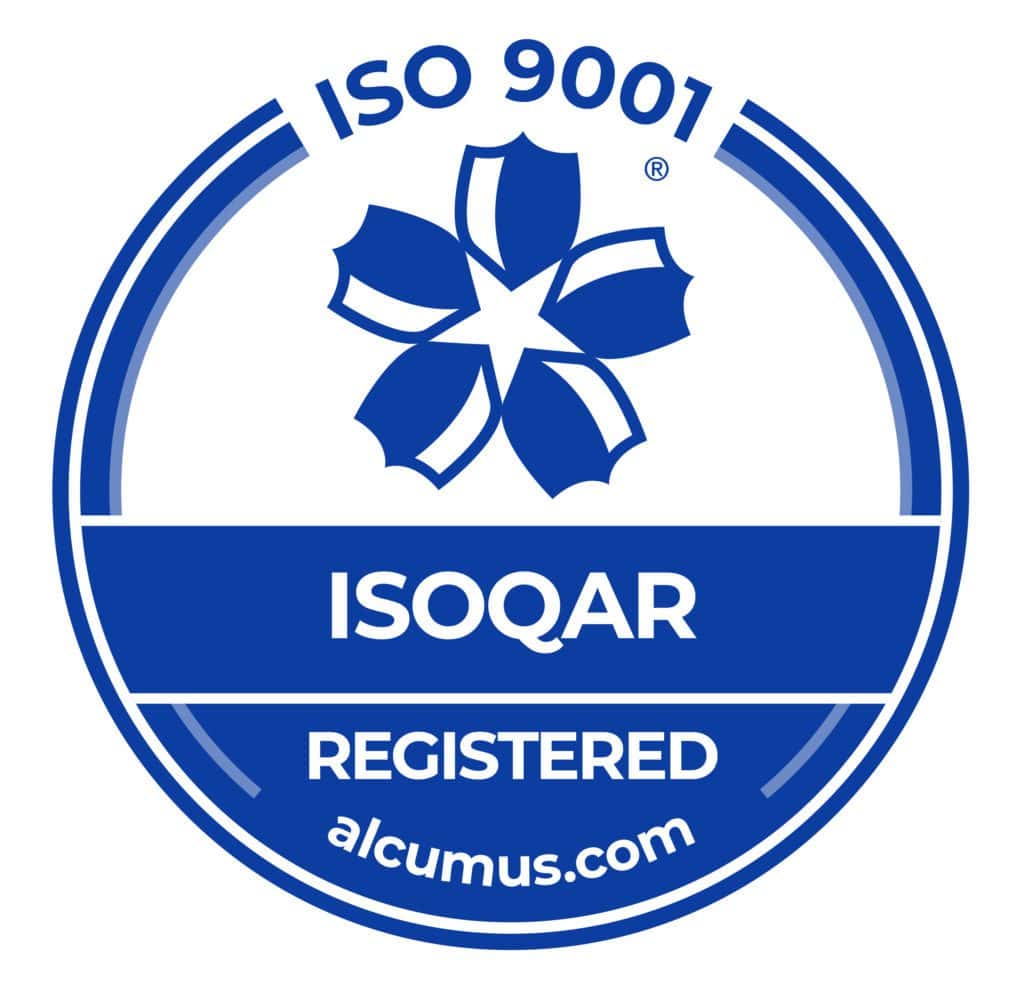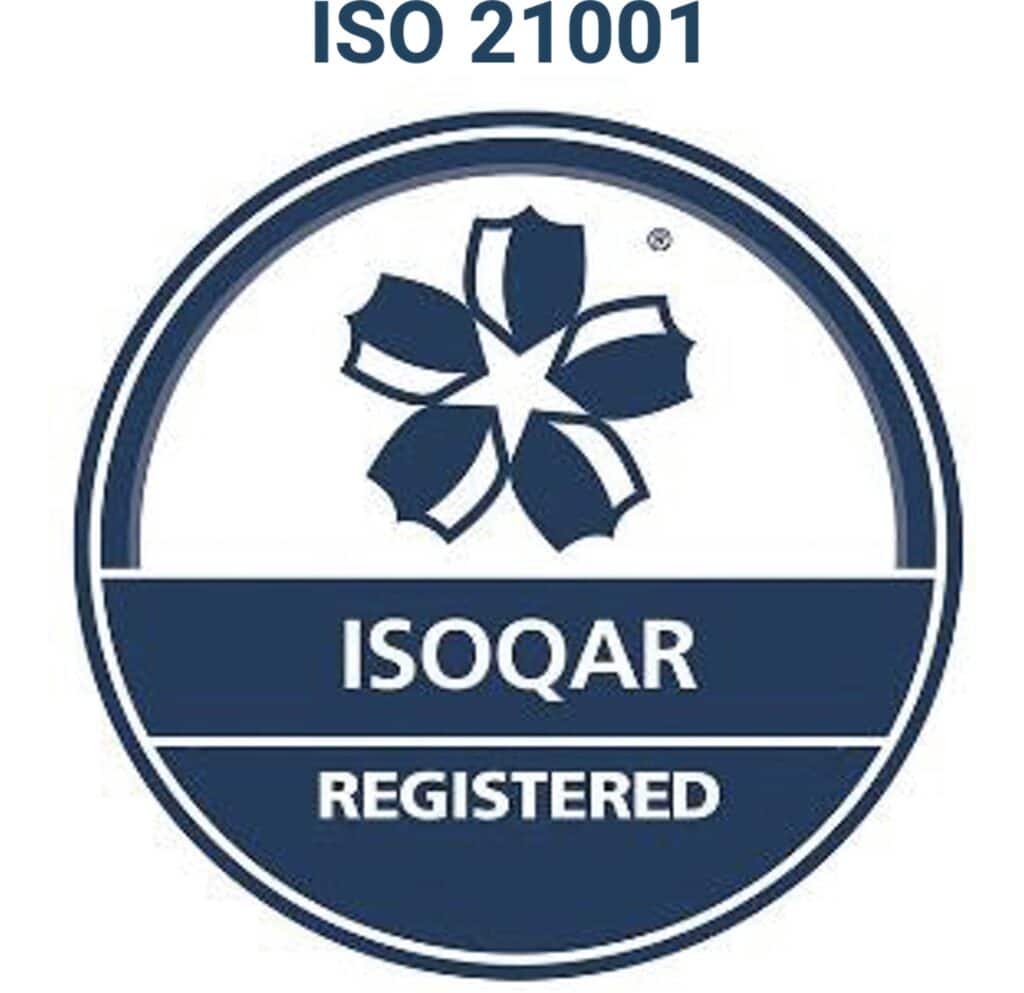Hands-on learning is critical during a child’s formative years. Between three months and five years, infants and children develop fine and gross motor skills, coordination and balance. Hands-on learning enhances physical, socio-emotional and intellectual development, as children gain new concepts by engaging their senses through different modalities. Hands-on learning also encourages critical thinking and problem-solving — essential life skills.
8 Activities to Try at Home With Early Childhood Learners
Creating a hands-on environment at home gets your child excited about learning and ready for preschool:
1. Building with Blocks
You don’t need sophisticated building sets. Just give your preschooler simple blocks and the freedom to build and knock down all kinds of structures.
2. Sand Foam
- Coloured craft sand
- Shaving cream
- Large container
- Play materials — shovels, cups, toy cars
Stir the ingredients together. Encourage your child to play with the coloured foam using hands, scoopers and toy vehicles. This activity allows for plenty of creativity.
3. Sticky Paper Creations
- Contact paper
- Craft materials — pom poms, feathers, foam letters or shapes
Lay contact paper on the table, placing construction paper on the edges to hold the sheet in place. Invite your child to make creative designs by sticking craft materials to the paper.
4. Water Beads
- Water beads
- Large bin
- Play materials
Pour the beads into a water-filled bin, wait several hours for the beads to expand and let your child have fun.
5. Playing with Bubble Wrap
- Bubble wrap
- Tape
Tape bubble wrap to the floor or wind it around your child’s feet.
Encourage your child to crawl, run, jump and hop on the bubble wrap to make it pop.
6. Coloured Volcanoes
- Baking Soda
- Coloured craft sand
- Vinegar
- Styrofoam cups
- Large tub
Pour coloured sand into the Styrofoam cups. Cover each with 1-2 tablespoons of baking soda. Place cups into a large container. Squirt vinegar into the cups to cause colourful eruptions. Then, pour all the cups into the container.
7. Silly Putty
- 1.5 tablespoons of dish soap
- 2 tablespoons cornstarch
Stir the ingredients together. After ten seconds of stirring, mix with your hands until the putty reaches a silky, stretchy, mouldable consistency. Your child can bend the putty to form letters and numbers or trace patterns into it with a pencil.
8. Homemade Snow
- 1 can shaving cream
- 2 boxes of baking soda
- Large container
Pour the baking soda into the container. Spray the shaving cream over it and mix with your hands. Invite your child to play with the “snow”, using hands, plastic animals or scoopers.
You don’t need to always design specific activities for your child to be engaged in learning at home. Children learn in multiple ways and just including your child when you’re doing household chores can be a learning experience for them. Explain how to use the tools for each task, then let your child engage with them.
Hands-On Learning at OWIS

Play fosters motor skills, communication skills, creativity and conflict resolution skills. At One World International School, we encourage different types of play — sensory, physical, imaginative, creative and more — to spark children’s natural curiosity. Here’s a glimpse into some of the activities in our Early Childhood (EC) classrooms.
Our Early Childhood students enjoy playing in our “herb soup” tub, consisting of discarded herbs, carrots and potatoes. Picking up small herbs and vegetables develops fine motor skills. In another activity, children cut shredded paper, which improves dexterity and hand-eye coordination.
In another EC classroom, you might find a group playing with miniature animals or structures (small-world play). Children “measure” a sand-foam mixture at another table while excitedly talking about what they’re doing, which boosts their language skills.
In an older Early Childhood 3 class, several students participate in activities, such as washing baby dolls, that let them take on the roles of adult care-givers. Another group learns the basics of gravity by building with pipe cleaners.
At OWIS, multi-sensory learning is connected to the units of inquiry children explore in the classroom. By making connections between concepts and ideas, children build on what they already know through play.
To learn more about how we support holistic development through play, contact us to set up a virtual visit.
(All OWIS photographs in this blog article were taken pre-Covid. The school is adhering to hygiene protocols and social distancing measures as recommended by the CPE and Ministry of Health, Singapore.)
